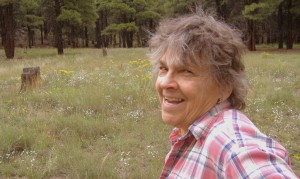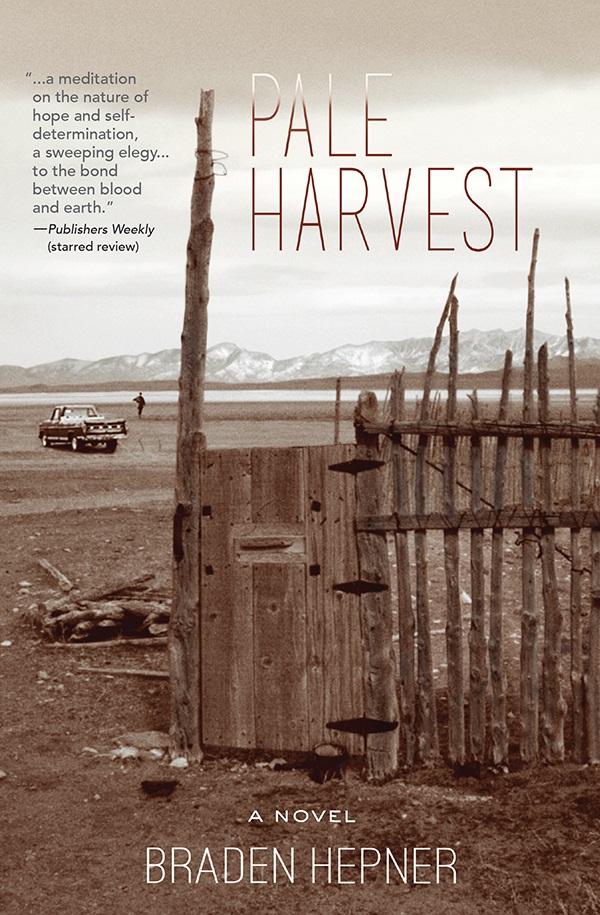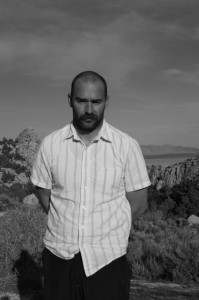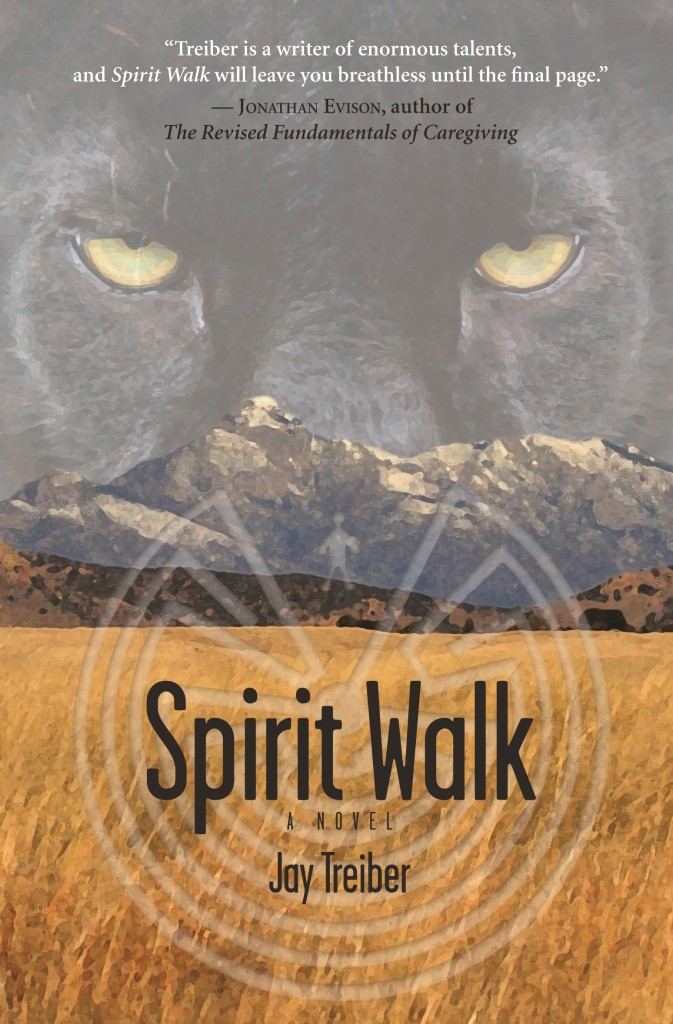Sometime after the composer John Luther Adams moved to Alaska, as he has described it, to “get away from the world” and “to help save the wilderness,” he realized that his art of music matters as much as any familiar forms of activism. He wrote, “Art is slow. And it often begins in solitude. In order to give our best gifts to the world, artists must sometimes leave the world behind, at least for a little while.”
The Utah-based Torrey House Press has published a trio of new novels, including two book-length fiction debuts by writers, that demonstrate with impressive page-turning power how literature – like its sister arts – serves to recover, redeem, and reclaim by celebrating, as Adams has noted, “emptiness and surrender.”
While the novels are set in different locations of the American West with characters and backgrounds that are as diverse as the open spaces in which they reside – rural Utah, the high chaparral country of southern Arizona, and the Mojave Desert – the stories collectively remind us and instruct us that we would do better to appreciate our histories and memories as governed more by chaos, unanticipated events and anarchic upheavals than by neat frameworks coded in theory and empirical analysis.
The authors – Braden Hepner, Mary Sojourner and Jay Treiber – will participate in a panel discussion Sept. 30 at 7 p.m. at The King’s English Bookshop as part of the Utah Humanities Council Book Festival. The topic is ‘Writing the 21st Century West: Three writers move through difficult and astonishing terrain.’
In Jay Treiber’s ‘Spirit Walk,’ Kevin McNally, a 50-year-old college professor whose life is marked by dissatisfaction and disappointment, is visited in Tucson by Olivia Hallot, an elderly woman whom he knew when he was a teenager in Douglas, Arizona. When Kevin was a senior in high school, a chain of events would culminate in “a violent crisis on a Sunday afternoon on the Escrobarra ten days later … the life-defining moment of Kevin McNally’s young life.”
The young McNally had committed a most serious error of judgment that triggered the deaths of several individuals in a violent border clash. However, in more than three decades since the events that traumatized him, McNally has done everything possible to hide from the need to recollect in the clearest possible way just what happened in the late fall of 1976. Olivia (or, Oli, more familiarly) encourages him to not to hide any longer. “You can’t just keep it shut down dear. You got to let it out – if just to stretch itself and get some sunlight. So you can live your life.”
In the next moment, McNally’s memory is triggered by Olivia’s mention of that “first long deep canyon,” and the “mass of ocotillo crowned with orange blossoms.” Treiber elegantly sets the transition with the ocotillo: “for anyone who leaves a roadway, walks over a rise or into a canyon, they become a formidable presence, any dense stand of them almost impossible to negotiate. Even these many years later Kevin’s skin remembered their thorns. Tangled and gray, the ocotillos on that November morning were not in bloom.”

McNally discovers gradually how he must reap the redemptive value of his spirit walk. He visits the elderly Conchillo, who says, with a smile, “I know how it is. You want things finished.” Conchillo adds, “You sound like a man looking to be pardoned. But there’s nobody there, no big boss somewhere waiting behind his big desk to do it.” Treiber continues: “The old man lifted his cup slightly, shook the dribble of coffee in it. ‘Maybe that big boss is you.'”
McNally later laments how for so long he wanted the memory to disappear but he now understands why he needs it back. “It’s like a damned bum tooth or a splinter that needs out.” His mother says in her most loving soft manner: “And I can’t help you. The mother can stand beside the child, but then it comes down to the work between the dentist and his victim.”
While McNally returns to his boyhood home to resolve his long-held inner conflict, in Mary Sojourner’s ’29,’ Nell Walker, a former Los Angeles executive, leaves behind a world that she believes has nothing more to offer. At the novel’s beginning, Sojourner writes, “She’d understood that not only her life on King Street and her work were gone, but that nine years of university, a Ph.D. in brain science and behavior and an MBA were volatilized. She was fifty-five. She was a woman. She was a year away from her last job. In her field, high-end marketing of legal designer pharmaceuticals, she was dead—and dead broke.” She even left behind her mother, “who was always hauling me off to peace demos,” but whose current health and loss of memory requires her being in a long-term care center.
 Querying fellow bus passengers, Walker is curious about Twentynine Palms, a small nearly invisible town in the heart of the Mojave Desert. “What’s Twentynine Palms like?” she said. “I’m relocating.”
Querying fellow bus passengers, Walker is curious about Twentynine Palms, a small nearly invisible town in the heart of the Mojave Desert. “What’s Twentynine Palms like?” she said. “I’m relocating.”
“Even hotter than my machine here,” the kid said. “Damn near as friendly. They got low rent and almost no jobs, but you seem pretty smart. You should be able to find something. It’s about an hour from here.”
Another, a Marine, wonders why anyone would consider it a suitable destination. “Why Twentynine Palms? It’s a tough town. No work. No water. Nothing but shacks and trailers far as you can ever see. I can’t wait to get deployed.”
Utterly alone and numbed to emotional feeling or pain at the moment, Walker arrives in the town where she lands a job with Monkey Burnett, a mechanic who has converted an old two-room adobe into the ‘Monkey Biz.’ Sojourner’s character descriptions are sharp, always vital, and memorable: “Monkey was a shade-tree mechanic, though in the guts of Twentynine Palms, California, there was no tree and, consequently, no shade. … He worked alone. He was happiest working on cars that did not require computer triage. In fact, computer triage on a 2008 car was a fuckload nastier than anything he’d faced in his youthful days as an EMT. Computers were the anti-christ. And, since too many of his customers were rich retirees who had moved to neighboring Joshua Tree to find themselves, he figured he was already serving the devil.”
Navigating a difficult yet necessary emotional path (which includes working through the desire she has for Monkey, who is married) Walker gradually realizes that she has yet to give her best gifts to the world. She finds new friends in the town’s people, including the Chemehuevi Indians, who are committed to fending off the ‘green invasion’ of “corporate solar and wind power installations” that could destroy the natural and historic integrity of the desert region. “My people and I need what you can do,” Mariah [one of Nell’s newest friends] said. “We don’t care where you learned to do it. We don’t have any money. We can’t pay you in cash.”
Nell’s luck rebounds dramatically. “I’ve got three part-time jobs and all the soul food I can eat. I didn’t fool around with a married guy. And I’m picking up my long lost mom and taking her back to Twentynine.”

She writes with vivid sincerity about the desert landscape, as Shiloh, one of the town residents, advises Nell to “let your eyes be desert eyes.” There is vitality – not desolation –in every available space in the desert: “big Joshuas,” “pale yellow mist (coreopsis), creosote shrubs, a “patch of dark green crinkled leaves and spiky buds with tiny purple flowers on them.”
Sojourner rounds out the scene description, reminding us thematically, as the composer Adams has about the Arctic region north of Fairbanks, just how vulnerable ecosystems have become in losing “their wholeness and diversity, their capacity to sustain themselves,” and “the same is true for diverse human cultures.”
“Chia,” Shiloh said. “You can eat the seeds, grind them into flour, make a gel that’s good for your skin. Mariah takes Diamond and me on walks out here. She says a person could feed themselves just from this desert.” She spun in a circle. “And there’s Smoketree and Mojave Aster and primrose and, right here on the edge of this wash, a desert lily. Look down into it.” Nell looked into the lily. Delicate yellow sepals sprang up in its white throat.”
In his debut novel, ‘Pale Harvest,’ Braden Hepner, too, follows a similar pulse that Treiber and Sojourner build upon in their stories. In Hepner’s story, set in the heart of Utah where the viability of the Selvedge family dairy farm is as uncertain and as vulnerable as ever, readers will be moved by the author’s poetic rendition of the land’s unique topography that inflames, confounds, and rarely satisfies one’s personal hunger for carving out a meaningful and happy life.
“On the south-facing canyon wall the snow was thin and yellow grass stood from its crust. Game trails were visible like fine scars. Scrub oak climbed the hills at both sides and at times formed a passageway around him. He rode through this corridor of gnarled trunks and branches, snowy knobs and brindled wood, until the canyon turned south and opened in a broad expansion of gentle hills and thick sage. Given the deep basin shape of this land it was called the Cauldron. The three tall peaks that surrounded it were called the Hooded Sisters, and they each had names. … His father had named the peaks for him, but he could not remember the names now. Their north-facing slopes held dark pines and these pines thickened upward toward their summits in long pinnacles of black green, though the crowns of the Sisters were above treeline and therefore barren and snowbound. At the top of this glen the canyon ended for all but game, diffusing into several steep draws that swept their way upward toward the saddles and summits. The glen itself was about a three-quarters of a mile long, maybe one-sixth of a mile wide. He broke through to the bottom edge and looked about him. The land was tall and solitary, starkly hued and completely silent.”
 Hepner’s book opens up the space of storytelling in the American West with an unforgettable literary blast. At 21, Jack Selvedge is working on his grandfather’s dairy farm near the pitiable town of Juniper Scrag (“It was supposed to be Juniper’s Crag, because of the junipers and crags in the mountains. But the map guy heard it wrong.”) For a young, muscular man, he is losing his spark to the dirty, unsatisfying routine of his daily farm tasks. The return of Rebekah Rainsford, a young woman who is trying to escape family troubles caused by her father in Salt Lake City, captivates him and gives him some hope of leaving behind the bleak prospects he sees in his life.
Hepner’s book opens up the space of storytelling in the American West with an unforgettable literary blast. At 21, Jack Selvedge is working on his grandfather’s dairy farm near the pitiable town of Juniper Scrag (“It was supposed to be Juniper’s Crag, because of the junipers and crags in the mountains. But the map guy heard it wrong.”) For a young, muscular man, he is losing his spark to the dirty, unsatisfying routine of his daily farm tasks. The return of Rebekah Rainsford, a young woman who is trying to escape family troubles caused by her father in Salt Lake City, captivates him and gives him some hope of leaving behind the bleak prospects he sees in his life.
Hepner’s characters are among the most compelling to be experienced in contemporary fiction. He introduces Jack: “John Blair Selvedge worked now, twenty years old, without parents, unknowingly come back to the land of his forbears in the sixth generation, a diesel tractor and a shaft driven implement with which to work, not an owner of the land, but a daily toiler of it.” Jack was raised by his grandparents after the untimely death of his parents (“killed coming back from a temple service in Willow Valley”). In the book, his grandmother (Adelaide) is near death but his grandfather, who taught the boy how to plow, continues to work. Hepner’s description of the grandfather is unforgettable:
“In the kitchen Blair stood over the stove, a tall man, taller than Jack’s six feet by a few inches and thickening from the toes up, his body building to a neck that rose in a straight line up the back of his head, and that line rising farther through the rooster tail that ever shot up from his stiff white hair. His face was gritworn from wind-driven dirt, everlastingly tanned and deeply lined like the palms of his cowhide gloves. That was a face well worn, or badly worn, those great wrinkles. There were men in town who had their occupations in Willow Valley thirty miles away whose hands didn’t know callus, whose faces were soft and kindly worn with wrinkles like those found behind a child’s knee. Blair’s face looked like a gnarled tree at timberline and he seemed one of the last in a long line of something. Like an old wooden fencepost, it had spent the majority of its existence exposed to the elements. Bristly hair crept from his nostrils and spiraled from his ears like coughs of frost.”
Hepner’s poetic voice, however, does not sanitize the harsh struggles of agricultural life. Likewise, he casts death’s formidable presence never sparing its brutish, ugly details — a stillborn calf, a dog caught after ravaging a wild raccoon, or the deaths of friends. Death’s frequency in Juniper Scrag is startling: “For the number of deaths visited upon the town its cemetery was meager, a small rectangle, not seventy yards long and not fifty across.”
Jack’s lineage is vulnerable to premature demise: “His father was thirty-eight, his mother thirty-seven, and they had left this world together. A run of premature death narrowed his father’s line, his father’s grandfather dead at thirty-two, his father’s uncle at thirty-nine. He’d heard of others up the tree when he’d cared to listen to the old woman (grandmother) tell it. She told it no longer.”
Jack’s austere realism echoes the rugged landscape which surrounds him. “The death of my parents, bad as it was, was not the beginning of my situation now,” said Jack. “I’ve lost some things and I don’t know where or when I lost them. But I haven’t lost everything.”

Hepner’s novel completes a trio of outstanding fiction books which subvert romanticized myths about the American West with honest prose where the beauty comes through the art as truth in the holistic sense. In ‘Spirit Walk,’ the old man Conchillo tells McNally, “I don’t like John Wayne movies – or Louis L’Amour novels. They’ve fucked up things worse than tract homes.”
The authors accomplish this by way of their direct experience. Hepner, who lives in Idaho and graduated in 2009 from the Iowa Writers’ Workshop, worked on his grandfather’s dairy farm and he still helps out occasionally. Treiber, who lives in Bisbee, Arizona and teaches at Cochise College, is a hunter who appreciates how others are scrupulous about safety as well as respect for wildlife and natural habitats. Sojourner, whose essays and writings have been published extensively and is a commentator on National Public Radio, walked the desert every day during the time she lived in the Mojave region.
Indeed, the publications signal Torrey House Press’ growing role in the unfolding of the Utah Enlightenment. It donates two percent of sales revenue to nonprofit environmental organizations in the West and funds scholarships for aspiring writers at colleges and universities in the region.



2 thoughts on “Torrey House Press releases rich harvest of American West novels on themes to recover, reclaim and redeem”